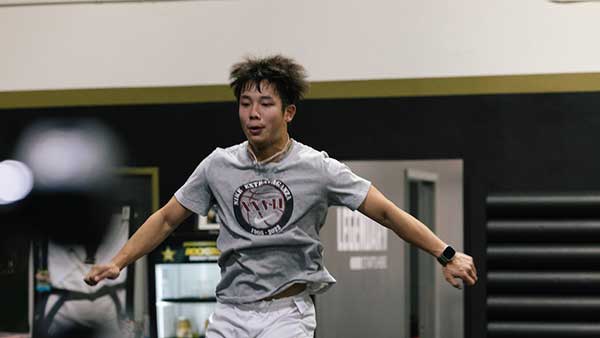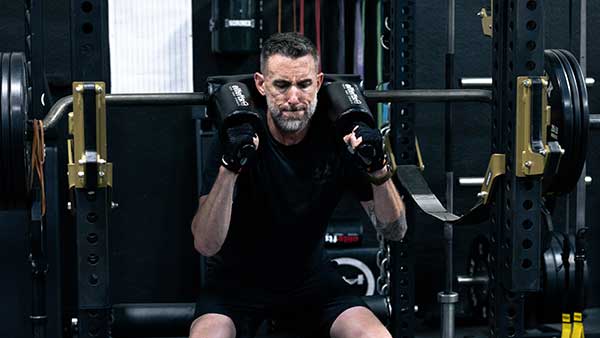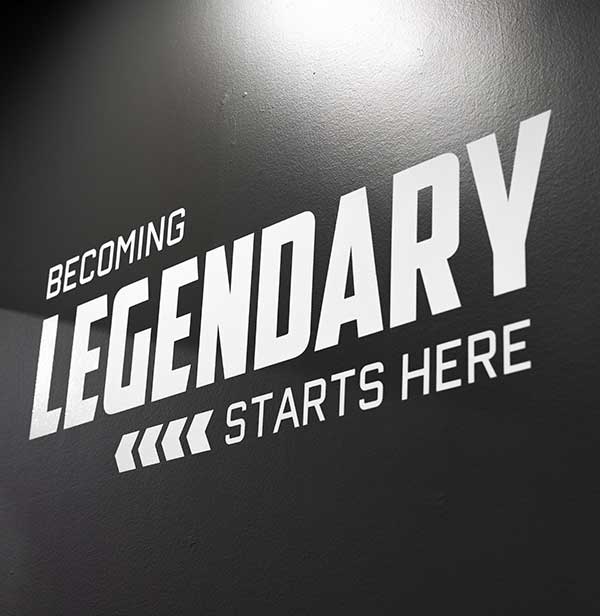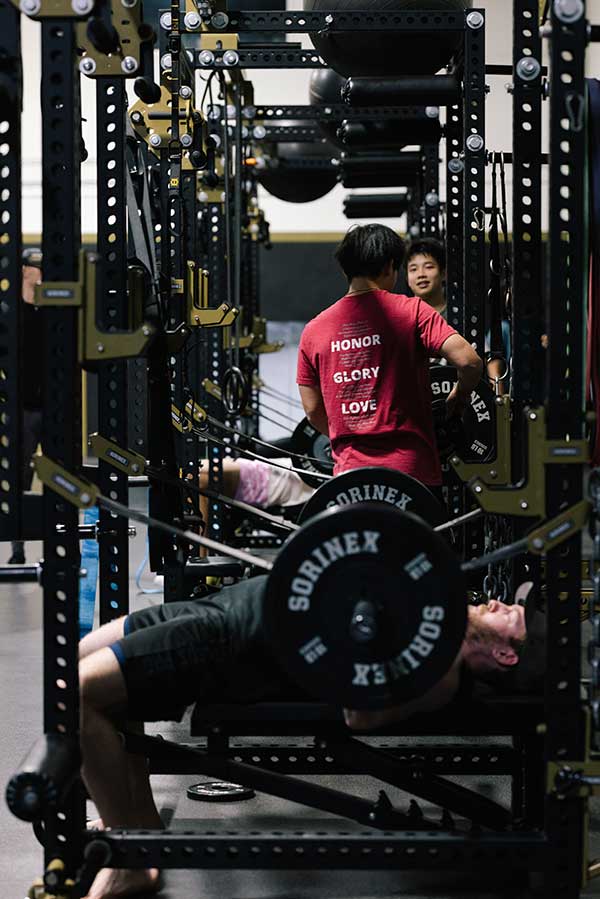Unlock your potential
Designed for all levels, our expert-led strength and conditioning classes combine strength development, speed, agility, endurance, and injury prevention to help you perform at your peak. Using science-backed methods and elite equipment, we train athletes and fitness enthusiasts to build explosive power, resilience, and movement efficiency. Whether you’re looking to excel in your sport or improve overall fitness, our programs deliver real, measurable results.
Train smarter. Get stronger. Perform better.
Get started today by scheduling your FREE 90-min intake assessment
If you have questions about our intake for strength & conditioning classes or want to talk with someone to see if its right for you, book a call with us first!
Who are strength & conditioning classes for?

Ages 13 – Collegiate/Pro Athletes
Designed to build strength, speed, and endurance, our program also instills discipline, work ethic, and a commitment to long-term development. With expert coaching and science-driven training, we help athletes prepare for the next level, prevent injuries, and develop the skills needed for future success—both on and off the field.

Fitness Enthusiasts Looking for the Next Level
Our Strength & Conditioning classes go beyond bootcamps and cookie-cutter workouts, delivering athlete-level training for real strength, endurance, and performance. Expert coaching, science-backed programming, and next-level results—this is fitness redefined.
How do i get started?
We require all athletes or adults entering our strength & conditioning classes to go through a FREE comprehensive screening and assessment with our performance director.

Step 1
Click on the button below to schedule our FREE 90-min intake assessment. This assessment will help us understand your goals, tailor your programming and assess your physical ability to perform in the class safely. If you have questions, need more information, or are wondering if strength & conditioning classes are the best fit for you, then book an intro call with us first and we’d be happy to discuss it with you!
Step 2
Come to your scheduled assessment time and be prepared to spend about 90 minutes with us as we go through a full skeletal and musculature analysis. We will assess movement integrity, flexibility, stability and more. We want to discuss your goals, prior fitness history and any injuries you might have.
Step 3
All strength & conditioning class members will go through a series of six foundational 1:1 sessions with one of our coaches to go through critical areas of movement in our classes including bracing and breathing. Once these sessions are completed, then you are ready to join the class!
We Can Enhance These Athletic Characteristics
Our Strength & Conditioning Class Program is based on
Consistent and
continual coaching
Our unique program includes instruction in movement training, injury reduction and rehabilitation, linear and lateral speed techniques, foot speed and agility, explosive power development, proper functional strength training and energy system conditioning.
The workout becomes progressively more challenging once basic techniques have been mastered. Our world class coaching staff ensures proper progression over the duration of the session.
Book a call with us and we’d love to show you the difference!

Conveniently located
right off the 5 Freeway
at Lake Forest Drive
Across from the Irvine Auto Center


